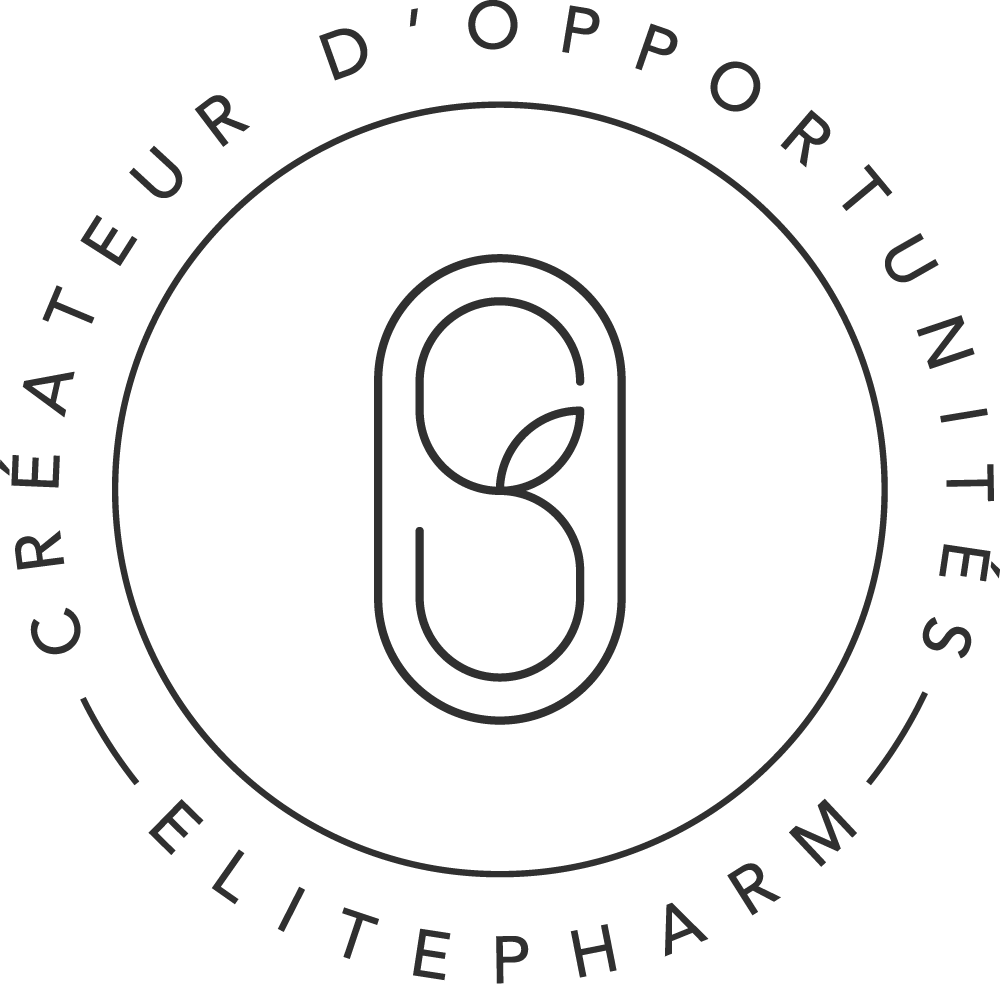A growing market that wants to remove taboos.
For several decades, interest in women’s health has been growing. Multiple actions and new trends have thus emerged, such as the development of the national strategy to fight endometriosis, initiated by the French ministry of Solidarity and Health in 2021.
Today, the offer of health nutrition products focused on women’s health and the associated trends are no longer limited to menopause. In recent years, they have expanded considerably and have new objectives: to demystify women’s issues and remove taboos.
Responding to targeted problems throughout a woman’s life.
A woman’s life is punctuated by numerous hormonal variations, and problems around the intimate sphere are very frequent. It is therefore necessary to develop solutions with targeted promises and adapted ingredients to accompany them at every stage of their lives.
Menstrual cycle issues and trends
PMS, or Premenstrual Syndrome, affects 20 to 40% of women of childbearing age. This disorder is even a real handicap in daily life in about 5% of cases[1]. The promises sought by women suffering from PMS are: the fight against physical discomfort (cramps, acne…) and psychological discomfort (anxiety, bad mood, tiredness…), as well as hormonal rebalancing. The trendy ingredients to ensure these promises are currently plant extracts (of gattilier, lady’s mantle, yarrow, onagre, small holly or saffron), vitamins (B6, E) and trace elements (magnesium, zinc…).
PCOS, or Polycystic Ovarian Syndrome, affects 10% of women of childbearing age. This disorder alone is the leading cause of female infertility (1). The promises sought by women with PCOS are: hormonal and metabolic rebalancing, and the fight against associated symptoms (acne, hair growth, irregular cycles, etc.). The trendy ingredients to ensure these promises are today the inositol molecule, certain plant extracts (hop, alfalfa or burdock), vitamins (B1, B6, B9…) and minerals (Zinc, Chrome…).
Similarly, endometriosis is a very common gynecological disease among women: 10% suffer from it, and this ratio rises to 40% when only women with chronic pelvic pain during their periods are considered. The promises sought by women suffering from endometriosis are therefore hormonal rebalancing and the prevention of associated symptoms. The trendy ingredients to ensure these promises are nowadays chaste-berry, lady’s mantle yarrow, turmeric or nettle, certain vitamins (B6, E…) and certain minerals / trace elements (Zinc, Magnesium…).
Perinatal issues and trends
During the prenatal period, including desire for children, conception and fertility, the promises sought by women are oriented around hormonal balance and regulation of ovulation.
During the pregnancy phase, specific essential nutrient needs (such as folic acid, iodine, vitamin D, calcium, omega 3 EPA and DHA) must then be met while avoiding substances that are not compatible with pregnancy.
The next stage, postpartum, then focuses on promises for emotional balance, hair loss and tiredness.
Finally, the promises sought during the breastfeeding period are oriented around lactation stimulation (notably thanks to fennel) and relaxation (with the help of plants known for their relaxing effects, such as chamomile or lemon balm).
Menopause-related problems and trends
During menopause, the promises sought and the associated trendy ingredients are even different. Indeed, women are mainly looking for solutions to regulate their hormonal activity (thanks to vitamin B6 and soy in particular) and for bone health (thanks to maca, calcium and/or vitamin D).
Solutions are also sought to fight against hot flashes and night sweats (with black cohosh, sage and hops), fatigue (vitamin C, ginseng), irritability (thanks to adaptogenic plants such as maca and spirulina), anxiety (with relaxing plants such as lemon balm and chamomile) and joint pain (thanks to turmeric).
Problems related to the genito-urinary sphere and trends
In these cases, women are looking for solutions to the infections that frequently affect this area. The trendy promises are those that help fight urinary tract infections (thanks to cranberry and hibiscus) and vaginal infections (thanks to pre- and probiotics).
We can also mention sexual health and everything related to skin, hair and nail health.
Specific expectations of more and more informed consumers
In general, we notice that consumers are on the lookout for natural substances (plant extracts, flowers…) and have a good image of pre- and probiotics. The efficacy of the formula is also a major axis on which they need to be reassured. It is therefore relevant to focus on ingredients with health claims (such as vitamin B6, supported by the claim “contributes to the regulation of hormonal activity”, or zinc, which “contributes to normal fertility and reproduction” and which “helps maintain normal skin”). Relying on brand-name ingredients that have been clinically studied also provides reassurance that the product is efficient.
These naturalness and efficacy expectations are thus an integral part of the trends related to the women’s health market.
—
[1] INSERM

